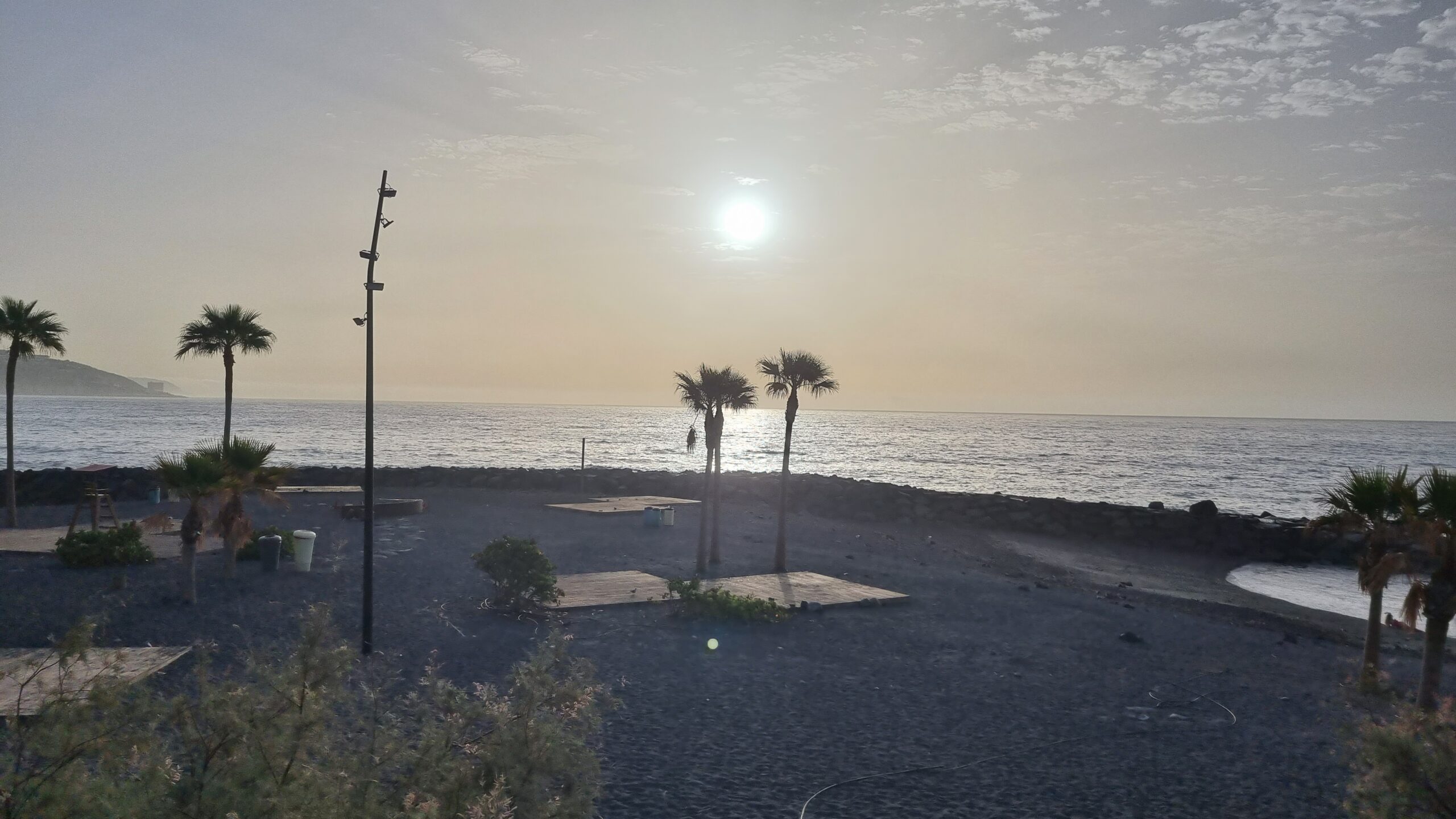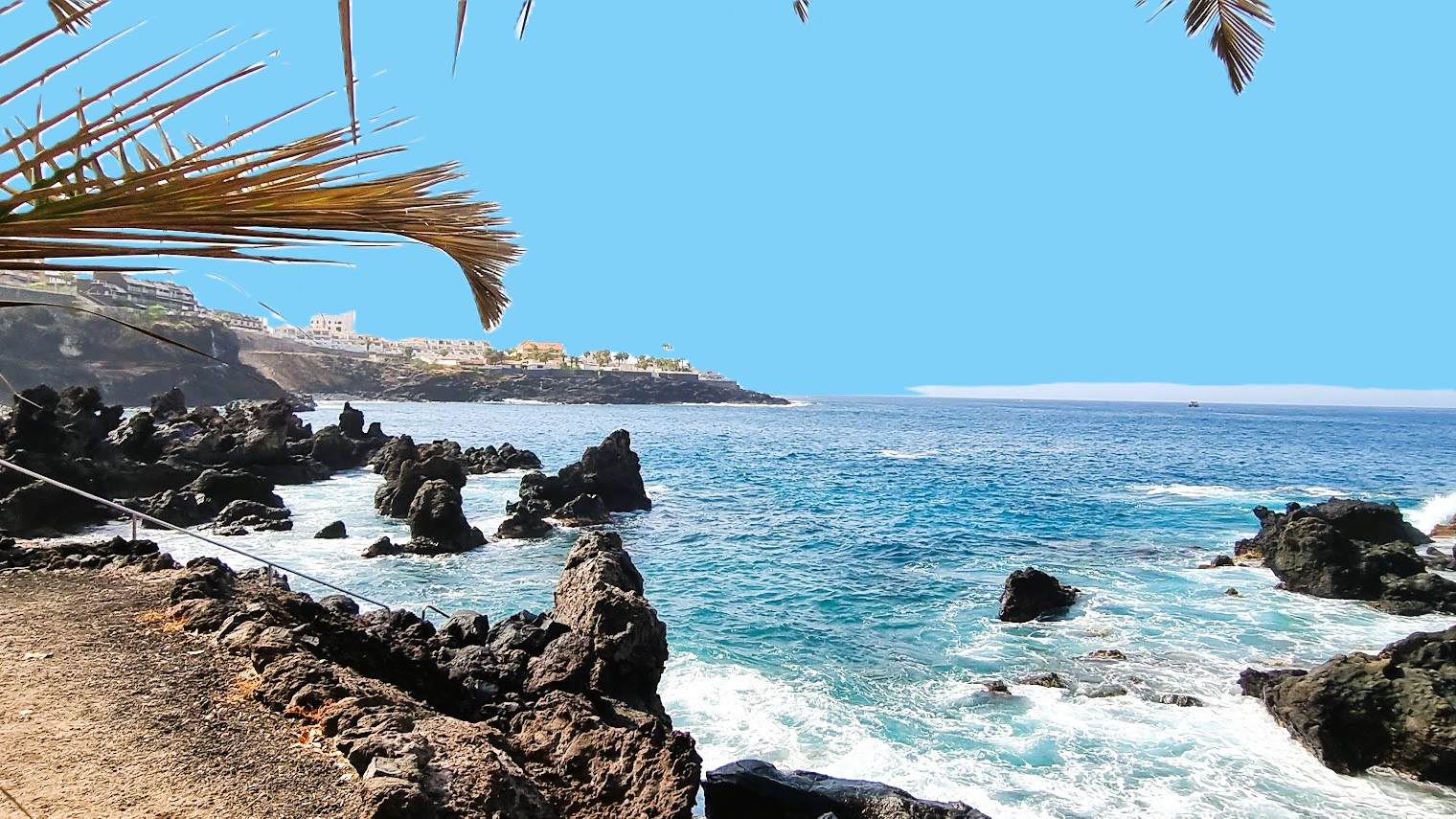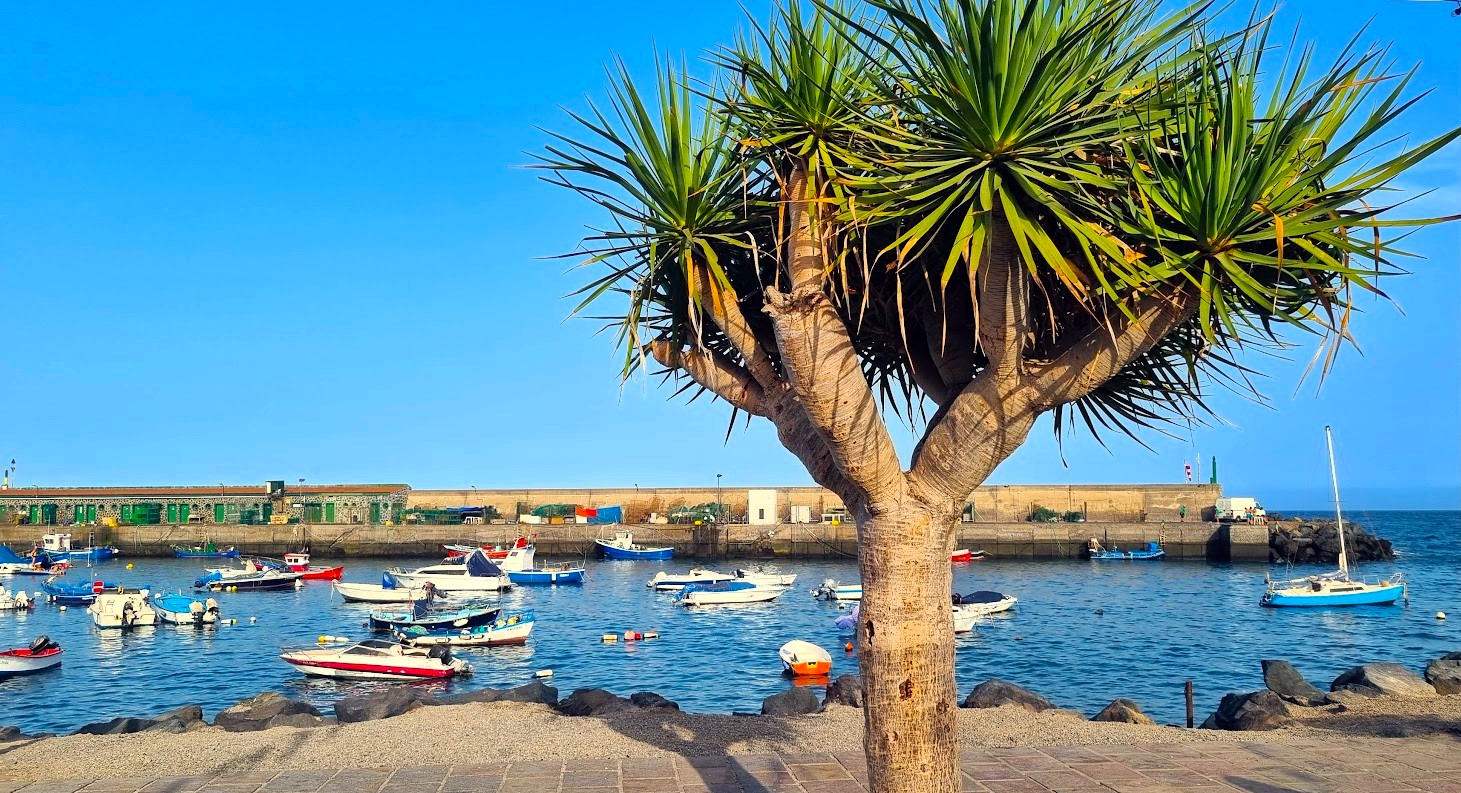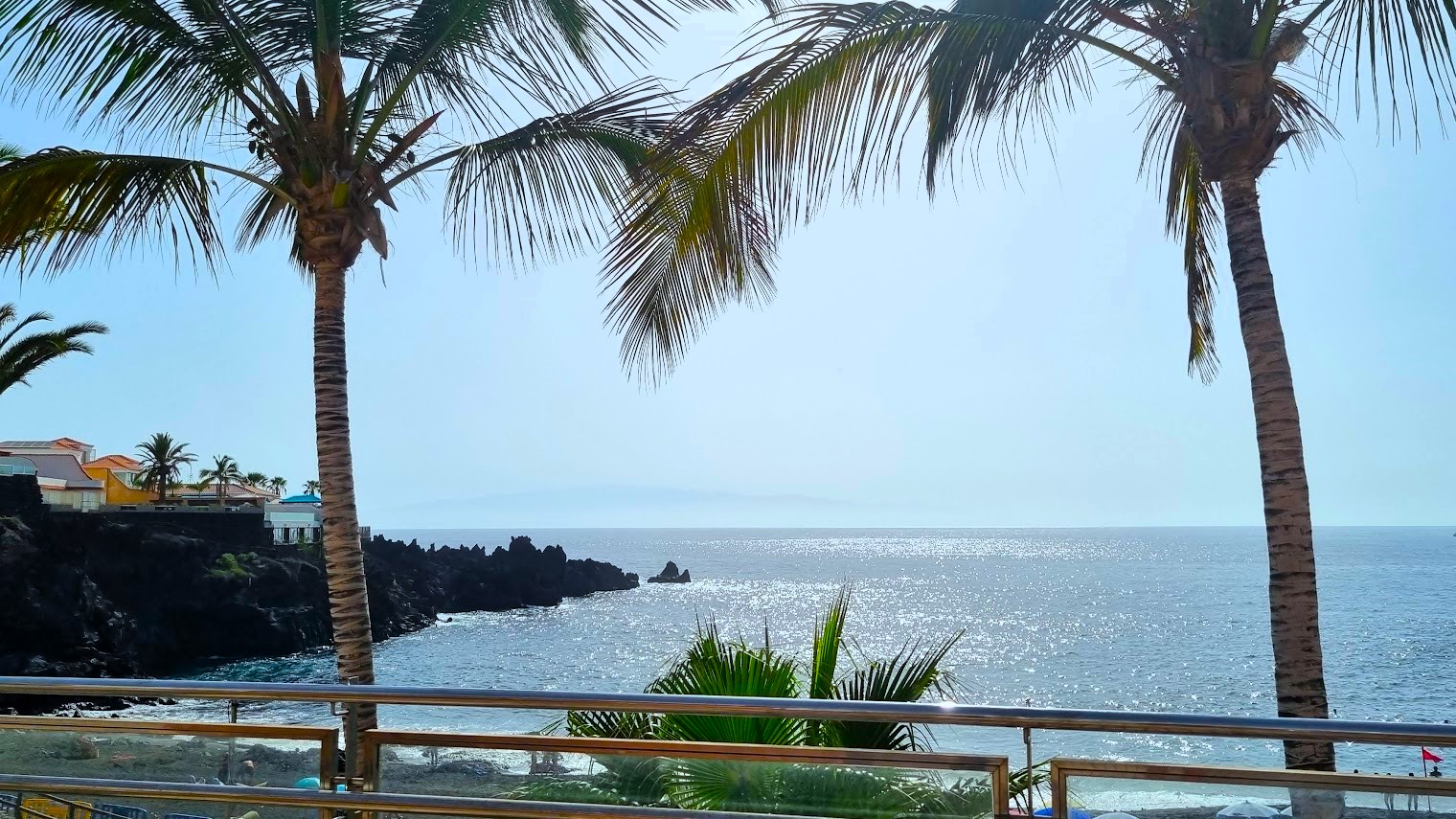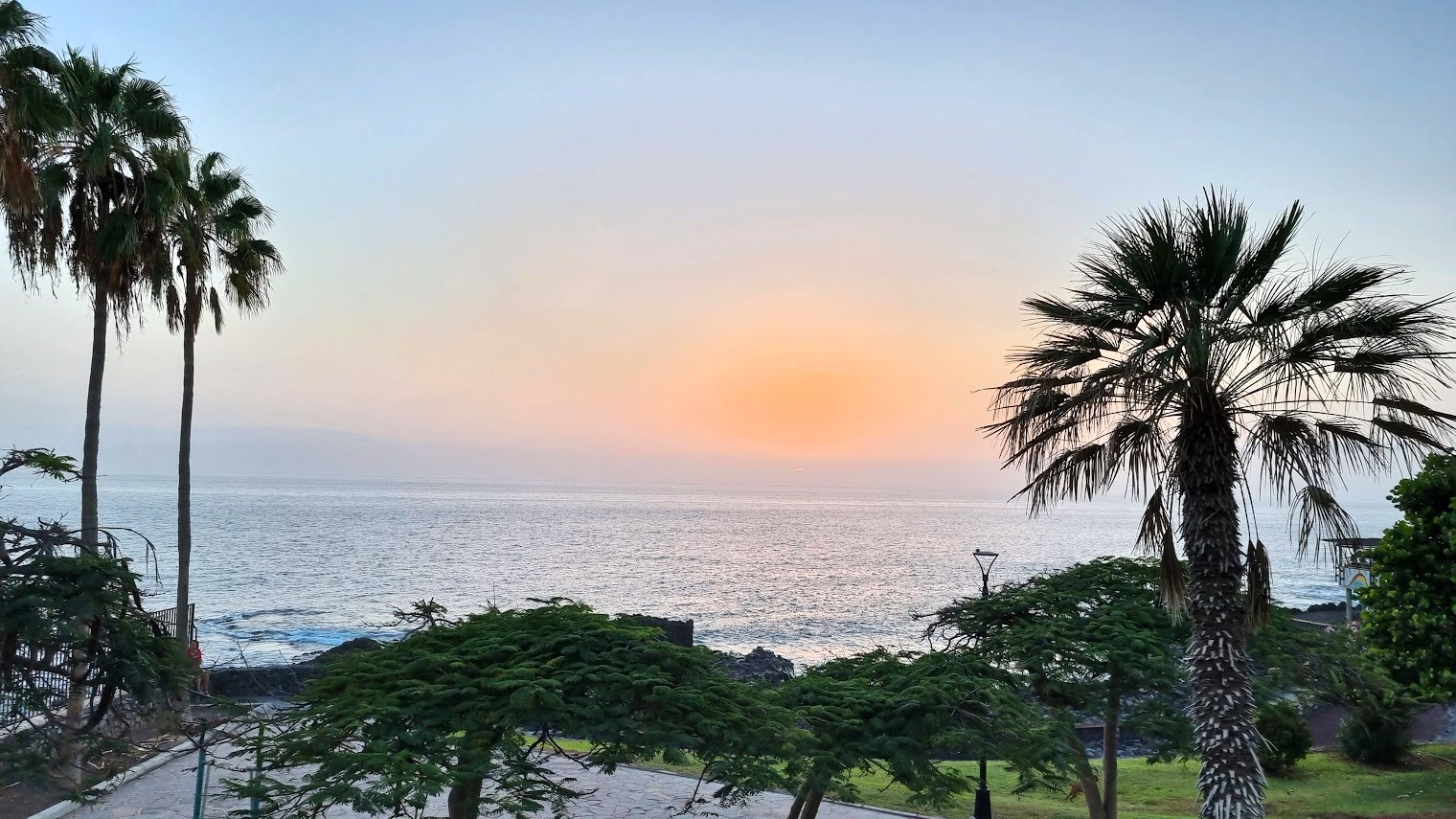Tenerife Weather in October
Tenerife’s climate is pleasantly warm all year round. The island is geographically close to the African continent and is situated at the same latitude as the Sahara Desert. Due to the northeasterly trade winds and the Canary Current, temperatures in Tenerife do not get quite as hot as on the North African mainland.
Microclimates in Tenerife
Due to its varied landscapes and topography, with mountains and coastal areas, Tenerife is characterised by diverse microclimates. This means that the weather, including temperatures, rainfall and wind can differ, depending on which part of the island you are visiting.
The information given on this page gives you an average across the island. If you are visiting the northern parts of the island and higher elevations, you may experience slightly cooler temperatures and more rainfall, while the southern coastal areas might be a little warmer and sunnier.
Temperatures in October
Tenerife generally enjoys mild weather year-round due to its subtropical climate, so October is a popular time for tourists seeking warm temperatures without the intense heat of the summer months.
Air Temperature
Daytime
Temperatures typically range from around 22°Celsius to 28° Celsius (72°F to 82°F) during the day.
Nighttime
Temperatures at night are usually somewhere between 17° Celsius and 22° Celsius (63°F to 72°F).
Sea Temperature
In October, the sea temperature in Tenerife remains quite warm and comfortable. On average, it ranges from around 22° Celsius to 25° Celsius (72°F to 77°F). Although slightly cooler compared to the peak summer months, these temperatures are still very pleasant for swimming, snorkelling, and other water activities.
Sunshine
Daylight hours
In October, Tenerife typically experiences around 11 to 12 hours of daylight. However, this can vary slightly depending on the specific date and the location on the island. As October progresses, the days gradually become shorter as the island moves towards the winter season.
Number of sunny days
Tenerife usually gets a high number of sunny days in October. On average, there are likely to be around 20 to 25 sunny days during the month. However, as with any weather statistics, there can be variations from year to year.
UV-Index
The UV-index is a measure of the strength of ultraviolet (UV) radiation from the sun that reaches the Earth’s surface. It’s an important indicator of the potential for harm from unprotected sun exposure.
The UV index in Tenerife during October is usually around 7 to 8, which falls into the category of “high” UV exposure according to the World Health Organization (WHO) classification. Even though October does not tend to be as hot as the peak summer months, the UV radiation can still be strong, especially in the middle of the day. Therefore, it’s advisable to take precautions such as wearing sunscreen, sunglasses, and a hat, and seeking shade during peak UV hours to protect your skin from sunburn and potential long-term damage.
Rainfall in October
There is generally little rain in October. On average, there are around 2 to 4 rainy days during the month. October is considered to be towards the end of Tenerife’s dry season, and rainfall is less frequent compared to the winter months. Nevertheless, occasional brief showers or periods of rain can occur, especially in higher elevations or mountainous areas.
Wind
In October, Tenerife generally experiences relatively mild to moderate winds. The exact wind conditions can vary depending on the specific location on the island and prevailing weather patterns. On average, the wind speeds in Tenerife during October range from around 10 to 20 kilometers per hour (6 to 12 miles per hour).
What to Wear in Tenerife in October
While the weather is generally warm and pleasant, it can vary slightly depending on your location on the island and the time of day. Here are some clothing recommendations for your trip:
- Light and breathable clothing: Pack lightweight and breathable clothing such as shorts, T-shirts, sundresses, and skirts. These will help you stay cool during the warmer parts of the day.
- Layers: While daytime temperatures are warm, evenings and nights may be cooler, especially in higher elevations. Bring a light jumper, jacket, or shawl to layer over your outfits for added warmth if needed.
- Swimwear: October is still warm enough for swimming, so don’t forget to pack your swimsuit and beachwear if you plan to enjoy the beaches or pools.
- Sun protection: The UV index in Tenerife can still be high in October. Be sure to pack sunglasses, a wide-brimmed hat, and sunscreen to protect yourself from the sun’s rays.
- Comfortable footwear: Bring comfortable walking shoes or sandals for exploring the island’s attractions and natural beauty. If you plan to hike or engage in outdoor activities, consider bringing sturdy hiking shoes or trainers.
- Rain gear: While there is typically little rain in Tenerife in October, it’s still a good idea to pack a lightweight waterproof jacket or umbrella, just in case you encounter a brief shower.
Check the forecast
Before you set off on holiday, don’t forget to check the forecast for your travel dates to get the up-to-date information on temperatures and weather patterns during your stay in Tenerife.
Tenerife Climate and Weather throughout the Year
Please see the following pages for more information.



